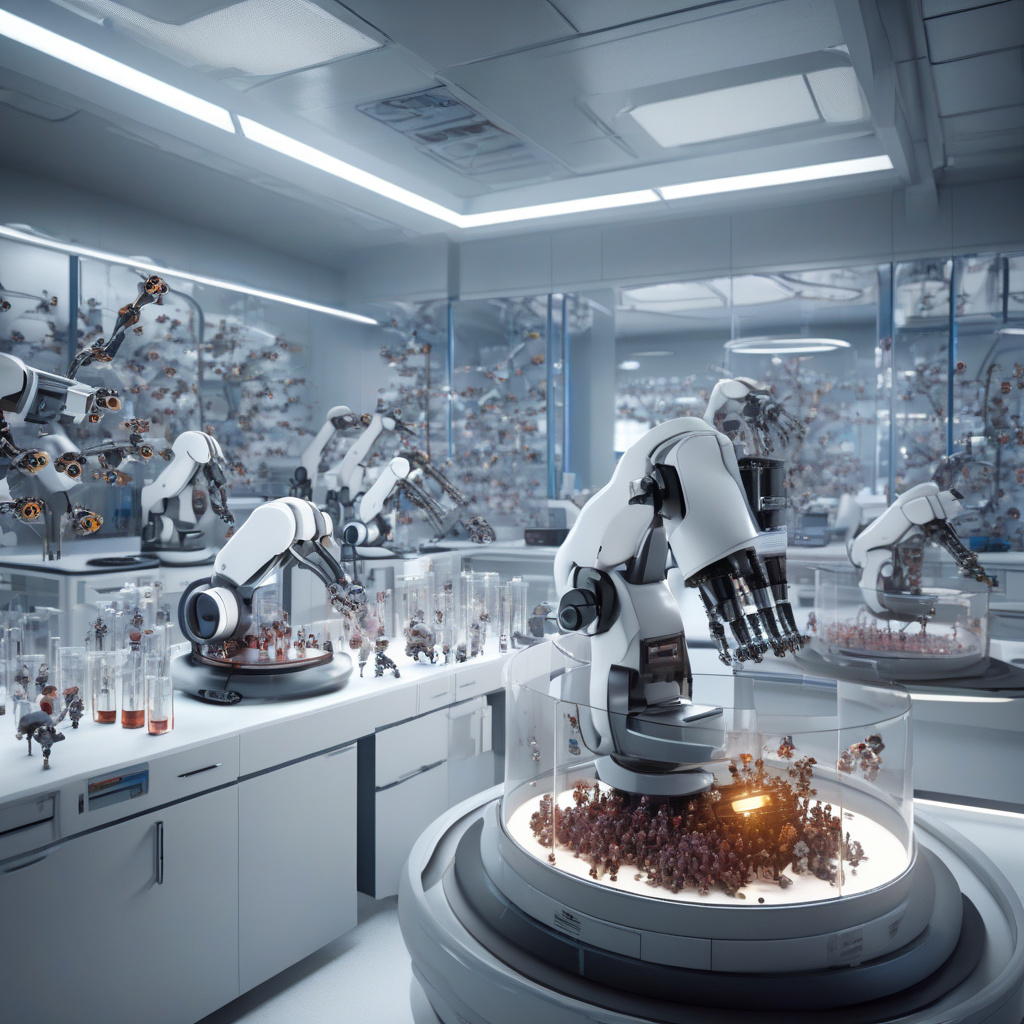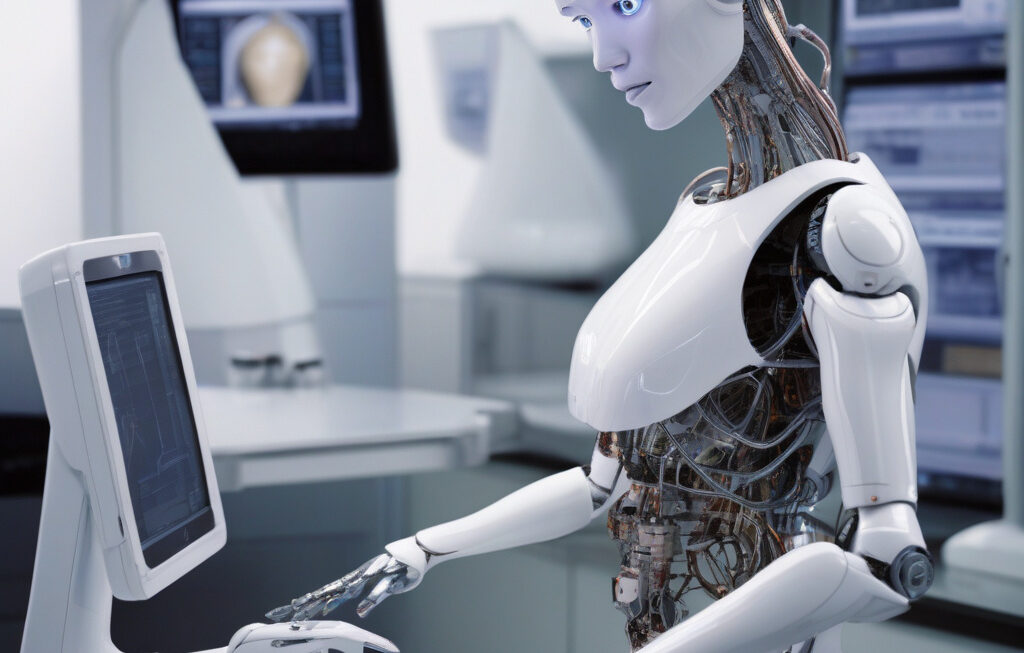Light-Powered Robot Swarms: The Future of Treating Sinus Infections
Swarms of microrobots have been designed to help get rid of bacterial sinus infections. After years of research and development, a team of scientists has created tiny robots that could potentially revolutionize the way we treat tough sinus infections. These microrobots, powered by light, offer a promising alternative to traditional antibiotics, which are becoming increasingly ineffective due to widespread antibiotic resistance.
Sinus infections, also known as sinusitis, can be incredibly challenging to treat, especially when caused by antibiotic-resistant bacteria. This has led researchers to explore innovative solutions, such as using microrobots to target and eliminate the bacteria responsible for the infection. The beauty of these tiny robots lies in their ability to work collectively as a swarm, efficiently navigating the narrow and intricate sinus cavities that are difficult to reach with conventional treatments.
The light-powered microrobots are equipped with tiny propellers that allow them to move with precision through the sinus passages. Once they reach the site of infection, they can deliver targeted therapy to eradicate the bacteria causing the sinusitis. By harnessing the power of light, these microrobots can be controlled and guided with remarkable accuracy, ensuring that they reach their intended destination within the sinuses.
One of the key advantages of using microrobots to treat sinus infections is their ability to minimize damage to surrounding healthy tissue. Unlike antibiotics, which can have broad-spectrum effects and lead to side effects, the targeted approach of the microrobots reduces the risk of collateral damage. This not only enhances the effectiveness of the treatment but also promotes faster healing and recovery for the patient.
In addition to their precision targeting and treatment capabilities, these light-powered robot swarms offer another significant benefit – the potential to overcome antibiotic resistance. As bacteria continue to develop resistance to traditional antibiotics, there is a growing need for alternative therapies that can outsmart these resilient pathogens. The microrobots represent a cutting-edge solution that has the potential to combat antibiotic-resistant bacteria and provide relief for patients suffering from chronic sinus infections.
Furthermore, the development of light-powered robot swarms for treating sinus infections highlights the intersection of robotics, nanotechnology, and medicine. This interdisciplinary approach has paved the way for groundbreaking advancements in healthcare, demonstrating the profound impact that technology can have on improving patient outcomes and quality of life. As researchers continue to refine and optimize these microrobots, we can expect to see even more innovative applications in the field of medical robotics.
In conclusion, the emergence of light-powered robot swarms as a potential alternative to antibiotics for tough sinus infections marks a significant milestone in medical innovation. With their precision, targeted approach, and ability to overcome antibiotic resistance, these microrobots offer new hope for patients struggling with chronic sinusitis. As we look to the future of healthcare, it is clear that technology-driven solutions like these microrobots will play a crucial role in shaping the way we diagnose and treat a wide range of medical conditions.
#Microrobots, #SinusInfections, #AntibioticResistance, #MedicalInnovation, #HealthcareTechnology












